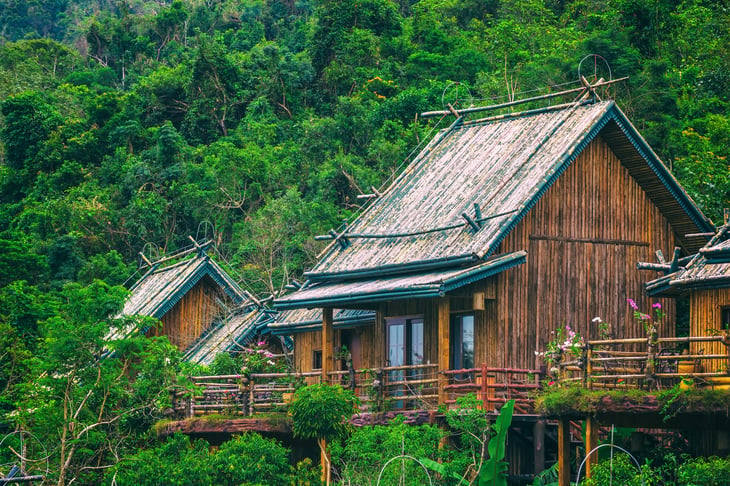
Not content to live in traditional homes, some adventurous people prefer to reside in tents, trees, boats, steel boxes or even underground dwellings.
You may be looking for affordable housing, or you may want to live in a home that’s in harmony with nature. Perhaps you want a whimsical design that reflects your personality. Whatever your motivation, there’s no reason to settle for a standard home.
What follows are several alternatives that may appeal to you.
1. Tiny houses
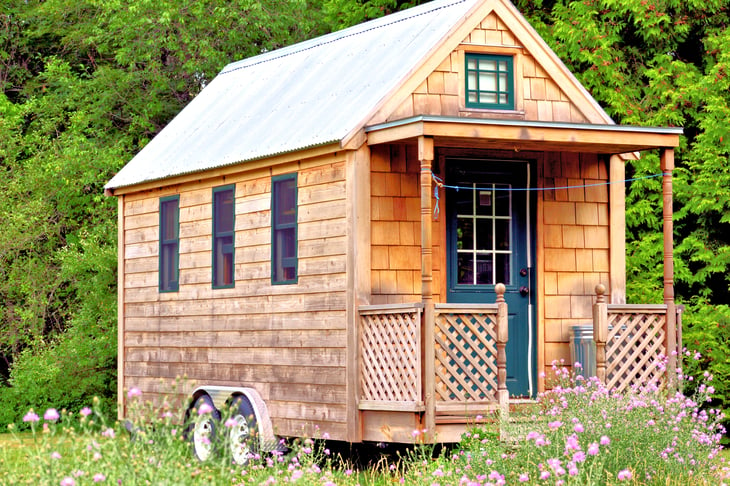
For those who believe that less is more, tiny homes might be good fit. These homes typically encompass 100 to 400 square feet, according to the National Association of Realtors.
Typically, they include a kitchen, a dining and living space, and a sleeping area. They can be set on foundations, but they often have wheels that make them towable.
Macy Miller, an architectural designer in Boise, Idaho, lives in a 232-square-foot home with her partner, two children and a dog. She built the home in 2011 at a cost of $11,416.
“My background is in architecture,” she tells Money Talks News. “I thought it would be a challenge to live in it. It turned out that it wasn’t at all. I love it.”
Today you could expect to spend $28,000 to $30,000, on average, if you build such a home yourself, Miller says. It could be twice as much if you hire a builder.
2. Treehouses
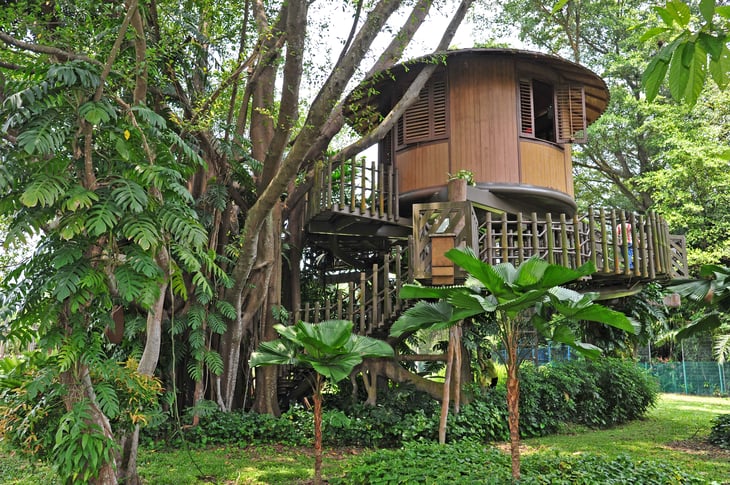
Tarzan isn’t the only one who enjoys living above the ground. A treehouse can be customized to feature plumbing, electricity and other modern conveniences.
It’s the ultimate back-to-nature experience, but it doesn’t come cheap. A treehouse suitable for living might cost hundreds of thousands of dollars.
McKenna Asakawa, a spokesman for Nelson Treehouse in Fall City, Washington, says the company’s baseline price for designing and building a custom treehouse is approximately $300,000.
“Our clients who choose to live full-time in a treehouse are typically committed to leading a semi-rustic, tiny-house lifestyle that centers on a close connection with nature,” Asakawa tells Money Talks News.
Nelson Treehouse’s average designs range from 200 to 500 square feet.
3. Yurts
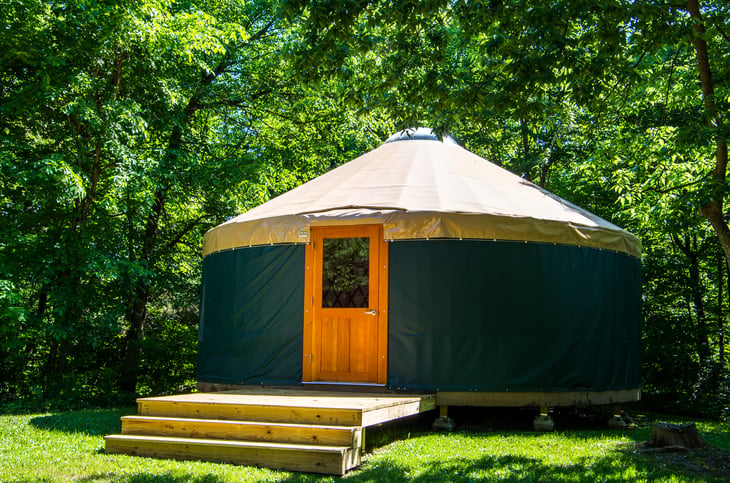
If you ever wondered what it would be like to live like a nomad in Central Asia, you may be ready for life in a yurt.
This type of housing — which is basically a round tent constructed over a wood frame — has been in use in Central Asia for thousands of years, according to National Geographic.
A yurt isn’t as cramped as you might think, though.
“There is the feel of spaciousness inside. The space seems to expand as you walk into the door,” says Alan Bair, president of Pacific Yurts, a yurt-building company in Cottage Grove, Oregon. “You can be quite comfortable, and people do live in them year round in all different kinds of climates.”
Yurts are inexpensive alternatives to the traditional home, too.
The cost of a basic, 706-square-foot yurt is about $11,000, Bair tells Money Talks News. A yurt with amenities such as insulation, windows, doors, a kitchen and a bathroom might cost around $25,000.
4. Recreational vehicles
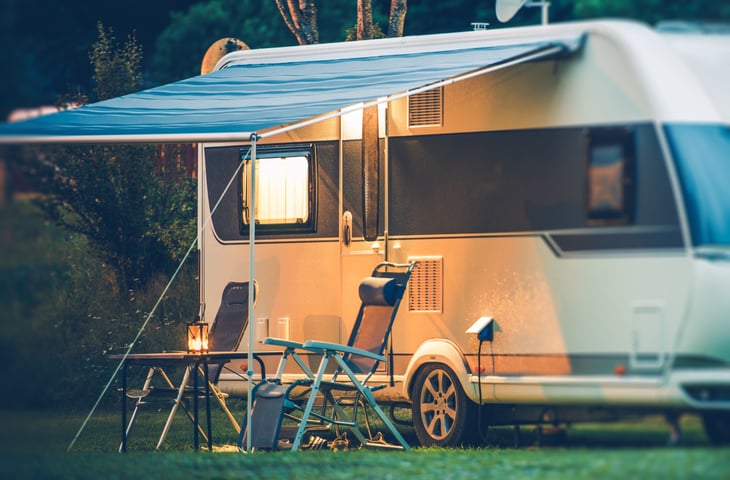
For people who want the freedom to change their surroundings at will, living in a recreational vehicle has broad appeal.
On the downside, there is very little space for living or storage in an RV. If you live with one or more other people, there will be little privacy.
Approximately 1 million Americans live full-time in RVs, which include both motor homes and trailers.
These homes come in a wide variety of sizes and have widely varying price tags, depending on size, age and condition.
You can expect to pay anywhere from $10,000 for a used RV to more than $100,000 for a new one, says Bill Widmer, a Pennsylvanian who blogs about RV life at The Wandering RV.
RV owners often can find places to park overnight for free, Widmer tells Money Talks News. Renting space at campgrounds usually costs between $15 and $20 per night, although it can be much higher. Widmer lived in an RV full time for about six months and continues to use them recreationally.
5. Manufactured homes
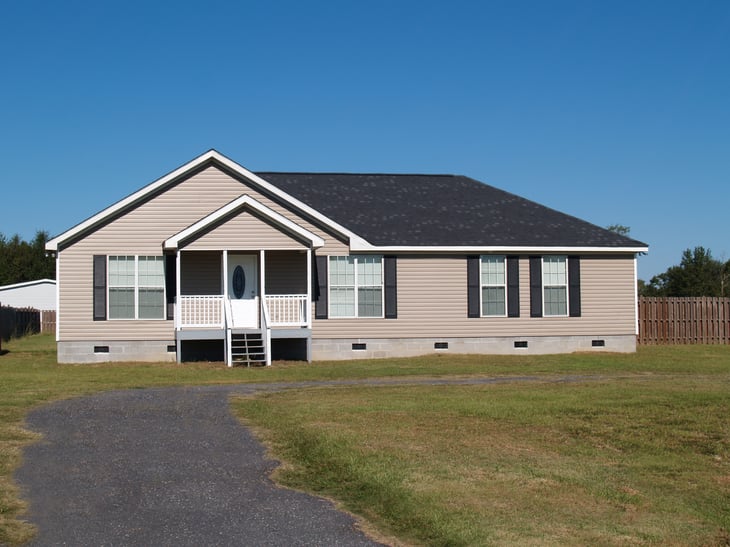
Manufactured homes are an affordable alternative to traditional housing. Although they sometimes are called “mobile homes,” manufactured houses aren’t meant to be towed behind vehicles.
Such homes are built in factories and placed on a trailer chassis for transportation to mobile home parks or vacant land. In 1976, the U.S. Department of Housing and Urban Development created a set of building standards to improve manufactured home quality, says Adam Rust, the author of “This Is My Home: Challenges and Opportunities of Manufactured Housing.”
Manufactured homes appeal to people who are looking for affordable housing, from retirees to people who are starting out, Rust tells Money Talks News.
About 22 million Americans live in manufactured homes, according to a 2018 report by the Manufactured Housing Institute trade group. The average sale price for a new manufactured home is $70,600, not including land.
6. Earthen dwellings
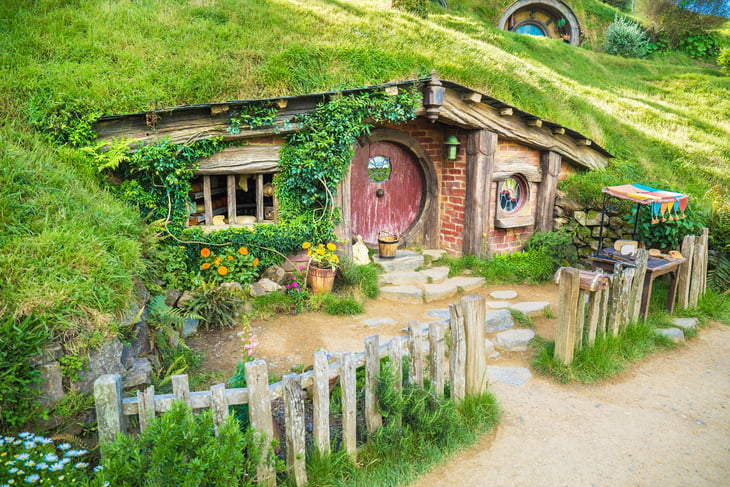
Some homes use the earth as their primary building material.
Earthen homes sometimes are called “hobbit homes” because they resemble the dwellings of the likeable, diminutive characters described in author J.R.R. Tolkien’s “The Lord of the Rings” trilogy.
These homes are energy efficient, according to the U.S. Department of Energy (DOE). Burial in the earth makes it easier for the homes to maintain a constant temperature, reducing the need to use energy for heating or cooling.
Some incorporate hills or berms, which enable builders to expose one or more walls to sunlight. Others are built completely underground and use skylights to provide natural lighting.
Prices vary widely, depending on size and location. The cost of construction can be up to 20% more than a conventional house, according to the DOE.
Earlier this year, a 2,236-square-foot berm home in River Falls, Wisconsin, was for sale for $285,000.
7. Shipping containers
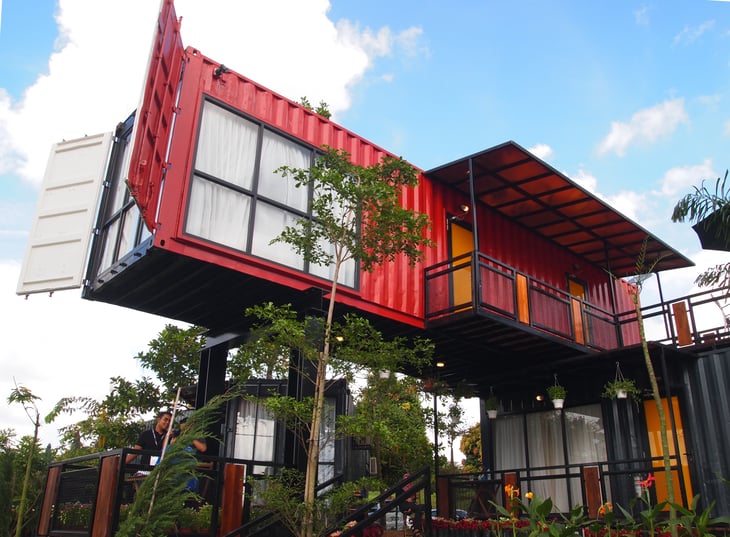
Steel shipping container homes are being built across the country, USA Today reports.
The appearance and size of container homes can vary widely, since they may incorporate one or several shipping containers.
These homes generally are more affordable than wood-frame structures. Used shipping containers may sell for as little as $1,500, and new ones can cost up to $6,000, reports Forbes.
A shipping-container housing project is being planned north of downtown Tucson, the Arizona Star newspaper reports. It will have up to 44 attached units. The 320-square-foot homes will sell for about $45,000 each.
Have you ever considered living in an alternative home? Share your experience or thoughts with us by commenting below or on our Facebook page.




Add a Comment
Our Policy: We welcome relevant and respectful comments in order to foster healthy and informative discussions. All other comments may be removed. Comments with links are automatically held for moderation.